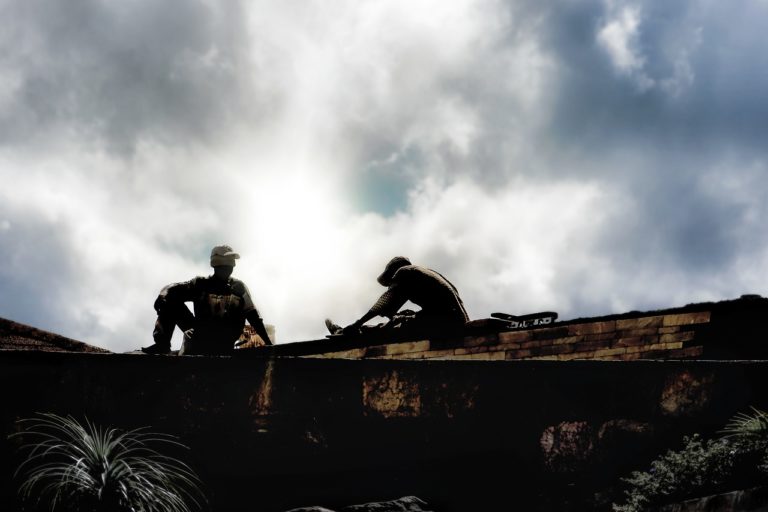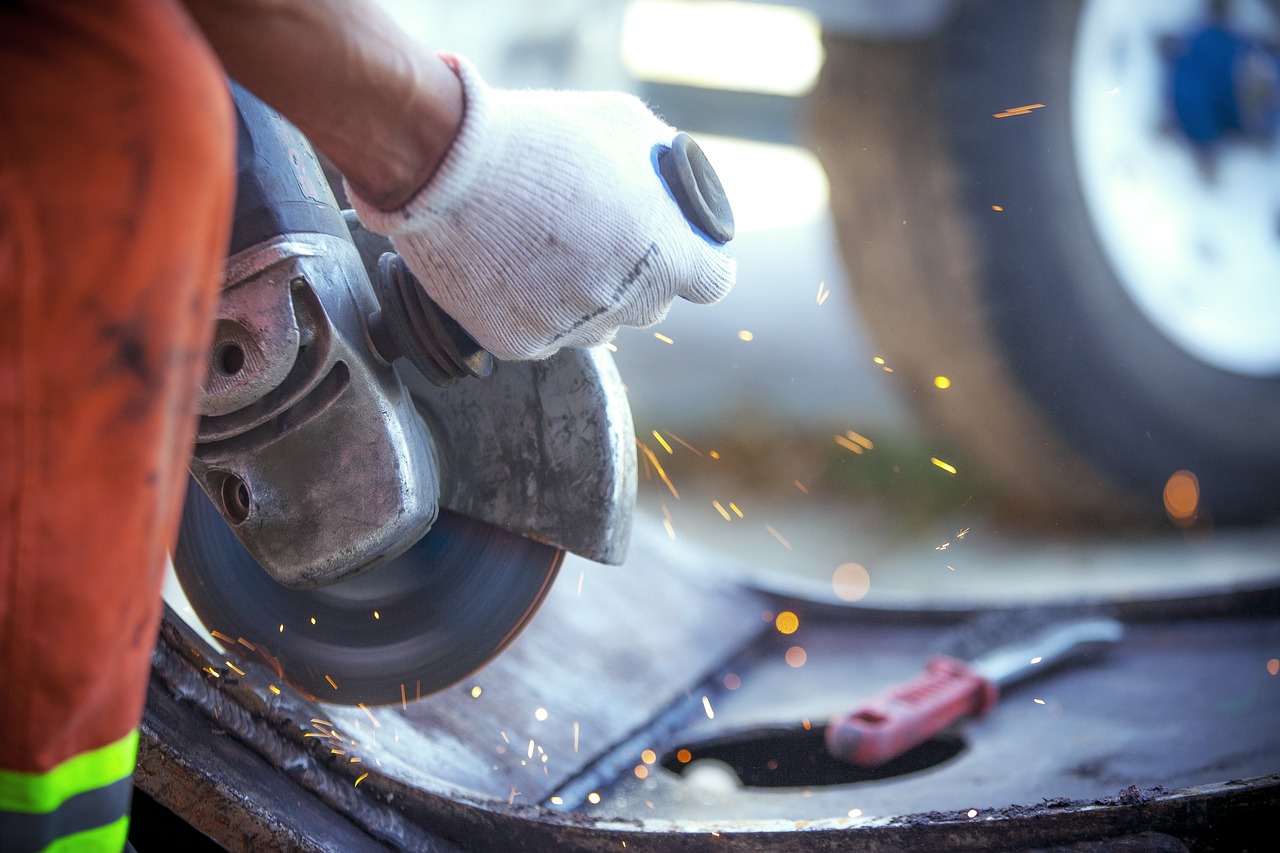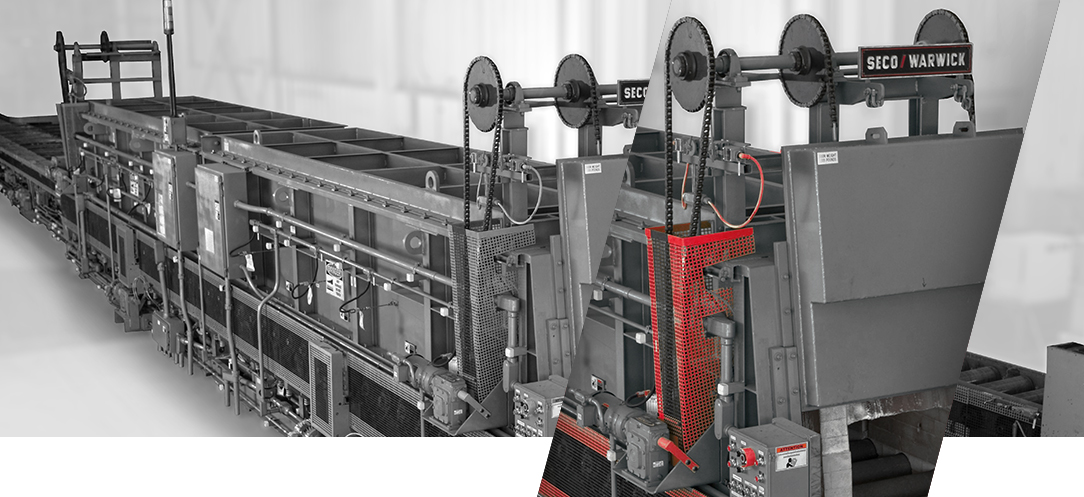In the realm of outdoor activities, sports, and certain professions, ensuring adequate leg protection is crucial for both performance and safety.
From protecting against impact and abrasion to providing support and enhancing mobility, the right gear can make a significant difference. This article delves into various types of leg protection gear, highlighting their uses, benefits, and considerations for different activities and environments.

Types of leg protection gear
Knee pads
Knee pads are essential for activities that involve frequent kneeling or impacts to the knee area. They are commonly used in construction, gardening, skateboarding, and various sports such as volleyball and basketball. Modern knee pads come in a range of materials including foam, gel, and plastic, offering different levels of comfort and protection.
Shin guards
Shin guards are primarily used in sports such as soccer, hockey, and martial arts where the shins are vulnerable to impacts and blows. They typically consist of a hard outer shell for impact resistance and a padded interior for comfort. Shin guards vary in size and coverage, with options available for both children and adults depending on the level of protection required.
Compression leg sleeves
Compression leg sleeves provide support to the calves and shins, enhancing blood circulation and reducing muscle fatigue during activities such as running, cycling, and hiking. These sleeves are usually made from breathable materials like spandex or nylon, offering a snug fit without restricting movement.
Gaiters
Gaiters are protective coverings worn over the lower legs and ankles to shield against debris, water, and snow. They are commonly used in hiking, mountaineering, and trail running to keep the legs dry and clean. Gaiters come in different lengths and materials, with lightweight options for warmer climates and more durable ones for harsher conditions.
Leg guards
Leg guards are used in various industrial and tactical professions to protect against hazards such as cuts, chemical splashes, and abrasions. They can be made from materials like leather, Kevlar, or reinforced plastics, offering robust protection while maintaining flexibility and comfort for extended wear.
Choosing the right gear
Activity type
Consider the specific activities you engage in regularly. Different sports and professions have unique requirements for leg protection. For example, soccer players may prioritize lightweight shin guards with good ventilation, while construction workers may opt for durable knee pads with ample cushioning.
Level of protection
Assess the level of protection needed based on the risks associated with your activities. High-impact sports like ice hockey may require heavy-duty shin guards with hard caps, whereas activities like gardening may necessitate knee pads with extra padding for prolonged kneeling – https://ogrifox.com/en,categoryView,LEGS_PROTECTION,9,0,1.html.
Comfort and fit
Comfort is crucial, especially if you plan to wear the gear for extended periods. Look for products with ergonomic designs, adjustable straps, and breathable materials to enhance comfort and prevent overheating or chafing.
Durability and maintenance
Choose gear that is durable enough to withstand frequent use and harsh conditions. Check for features like reinforced stitching, water-resistant coatings, and easy-to-clean materials to ensure longevity and ease of maintenance.
In conclusion, investing in quality leg protection gear is essential for maintaining safety, enhancing performance, and prolonging comfort during various activities. Whether you’re an athlete, outdoor enthusiast, or professional, there are numerous options available to suit your specific needs and preferences. By understanding the types of gear available and considering factors such as activity type, level of protection, comfort, and durability, you can make informed decisions to safeguard your legs effectively.
Remember, the right gear not only protects your legs from potential injuries but also contributes to your overall enjoyment and success in your chosen pursuits. Explore the options mentioned in this article and choose wisely to maximize your performance and safety wherever your adventures take you.


